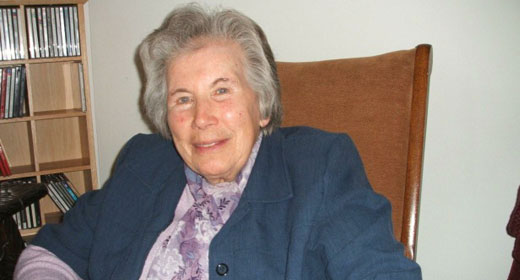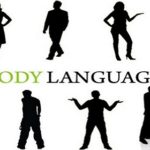Samuel Hahnemann was a German physician. He earned his Doctor of Medicine degree in 1779. At that time, scientific advances were beginning to be seen in the fields of chemistry, physics, physiology and anatomy.  The clinical practice of medicine, however, was filled with superstition and lack of scientific protocol. The treatments of the day were purgatives, bleeding, blistering plasters, herbal preparations and emetics. They lacked a rational basis and were often more harmful than effective.
The clinical practice of medicine, however, was filled with superstition and lack of scientific protocol. The treatments of the day were purgatives, bleeding, blistering plasters, herbal preparations and emetics. They lacked a rational basis and were often more harmful than effective.
Hahnemann recognized this and wrote very critically about the practices of the time in several papers on topics like Arsenic poisoning, hygiene, dietetics and psychiatric treatment.
When he was translating William Cullen’s Materia Medica into German, he was struck by a passage that dealt with cinchona bark, which was then used to treat malaria. Cullen described its mechanism of action as a function of its stomach-strengthening properties. Hahnemann did not like this explanation.
He experimented by taking “four good drams of Peruvian bark, twice a day for several days” to attempt to characterize the action of the quinine-containing bark. He wrote that he began to develop symptoms identical to those of malaria.
Thus he concluded from this personal experiment that effective drugs produce symptoms in healthy people that are similar to the diseases they are expected to treat. This principal is now known as the “Law of Similars” and is the basis for the use of the term homeopathy i.e. similar suffering.
Hahnemann and colleagues began to test various substances to determine the types of symptoms they produced. These results suggested to Hahnemann what the drugs would be useful to treat.
He thought that doses of these substances that produced overt symptoms would be inappropriate for treatment of diseases with the same symptoms. So, he suggested that there be a reduction of the dose to infinitesimal levels by multiple serial dilutions of ten or hundred fold .
Soluble compounds or liquids were diluted in alcohol; insoluble materials were serially diluted by grinding with lactose. He compiled his results into a treatise called the “Organon of Rational Therapeutics” which he first published in 1810. The sixth edition, published in 1921, is still used today as homeopathy’s basic text. Hahnemann practiced Homeopathic medicine for almost 50 years until his death in 1843
Homeopathy had a large impact on the practice of medicine. The first homeopathic hospital opened in 1832 and homeopathic medical schools opened all over Europe. Homeopathic hospitals and practitioners often had better outcomes compared to their allopathic counterparts. These improved outcomes were because of the harmful nature of allopathic medicines of the time compared to the non-toxic nature of homeopathic remedies. So, the public in general began to tout the benefits of homeopathy and demand better treatment from all physicians.
Allopathic medicine began to develop rational approaches to the study of disease, partially due to the competition offered by homeopathy and began to make significant gains by the end of the 19th century.
By the early part of the twentieth century, homeopathy was in serious decline. This was due to several reasons including the funding at Carnegie and Rockafeller awarded to allopathic medical schools and the Flexner Report which supported the use of allopathic medicine. The last ‘pure’ homeopathic medical school in the U.S. closed in 1920, although Hahnemann Medical School in Philadelphia continued to offer homeopathic electives until the 1940’s.
Homeopathy began to enjoy a resurgence in the US in the 1970’s as the public took a greater interest in holistic and natural approaches to medicine. Today it is used widely, all over the world. Modern scientific advancements have permitted homeopathy to be understood with the realm of ‘energetic medicine’. The greatest benefit of its use is due to the fact that it is not only effective but also safe. And it may be used for children and adults alike, of any age.









































